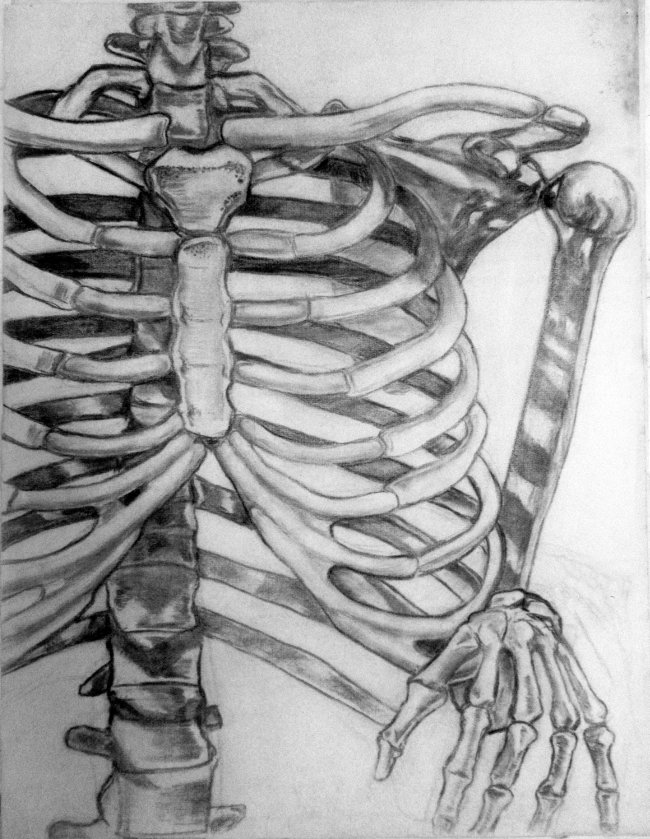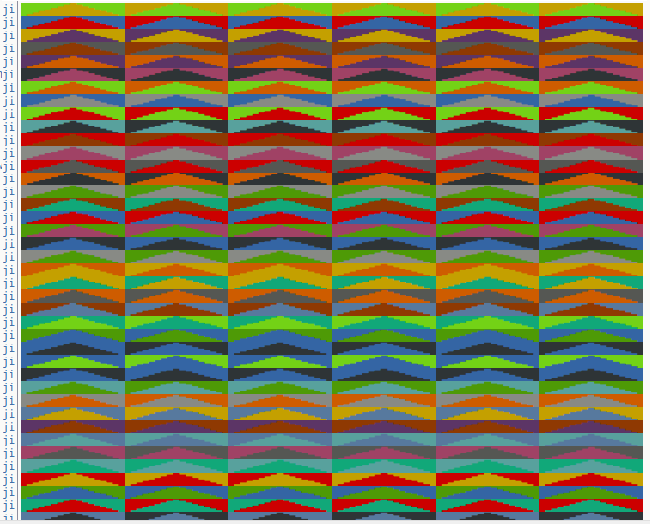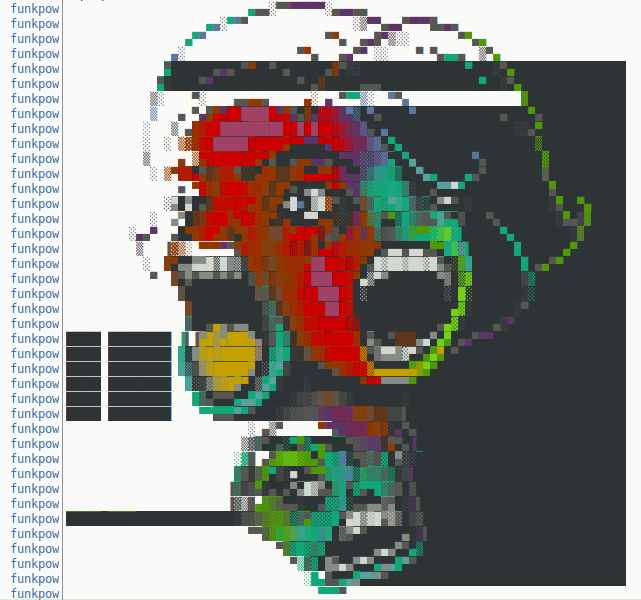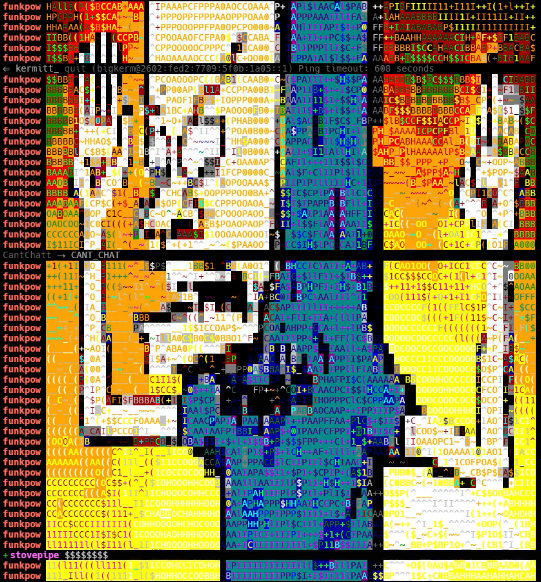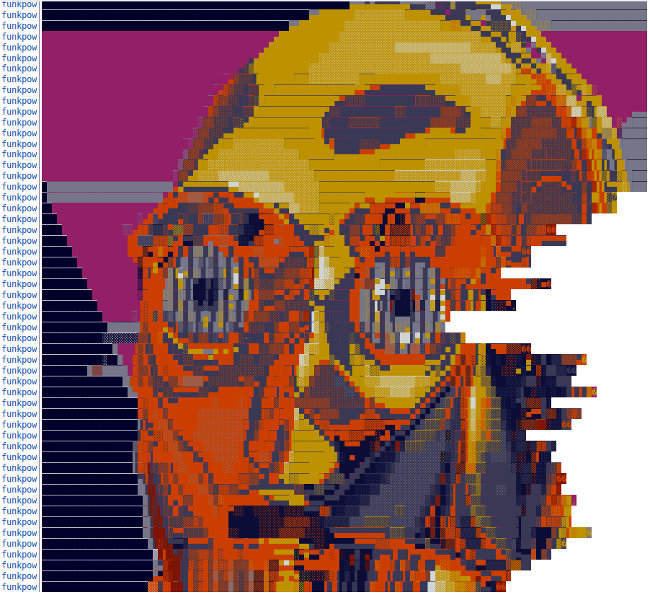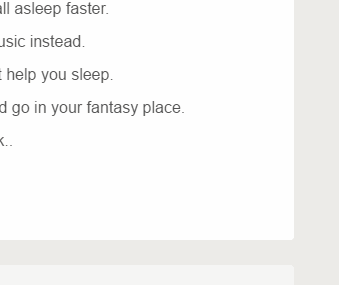In the recent streaming movie Stowaway, a faceless company called Hyperion is sending humans to Mars in small missions to study possible terraforming. For Hyperion read "Netflix," the entertainment juggernaut that funded the film. It's less a movie than a window into current "corporatethink."
The obligatory multi-race, multi-sex crew is transporting some plant life by rocket. On board are a captain and a doctor (Caucasian self-identified females); a scientist (Asian self-identified male); and a technician who accidentally stows away on the ship (black self-identified male). The Mission Control and corporate HQ people back on Earth are all white men wearing Nikes (just kidding -- they are all off camera and off mic in the movie so we don't really know).
There's not enough air for the stowaway and the ship can't return to Earth (for reasons not adequately explained) so the first decision the space team has to make is whether to kill the black dude. I'm not kidding about this; it's actually in the movie.
The most ethical choice is to eliminate the one air breather who "lacks the training" to crew a ship to Mars. Everyone acknowledges this in a meeting held with the black technician not present. The plot pivots on whether a team member or members should take a risky action that may mean they don't have to kill him (because he is a nice guy).
A sane solution might be to finding a way to turn the ship around and go home (the stowaway is discovered minutes after departure -- Earth is still visible out the porthole) or draw straws to see who goes out the airlock but no. The movie is designed to inure us to the kinds of decisions (military, Ayn Randian) that must be made in a universe run by Silicon Valley corporations. Someone has to go -- it's just a question of which expendable(s).

